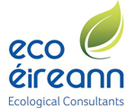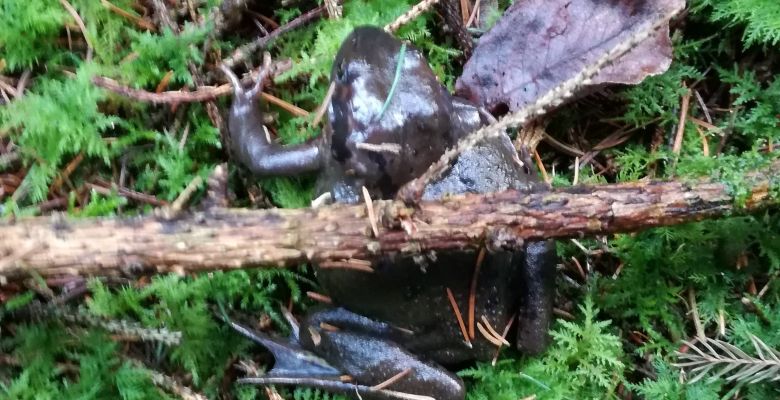Ireland has three species of native amphibian: Common Frog, Smooth Newt and Natterjack Toad. The Common Frog and Smooth Newt are found widespread throughout Ireland. However, the Natterjack Toad is restricted to only some parts of Kerry and Wexford. We are focusing on frogs and newts here as we looked at the Kingdom Toad (aka …

